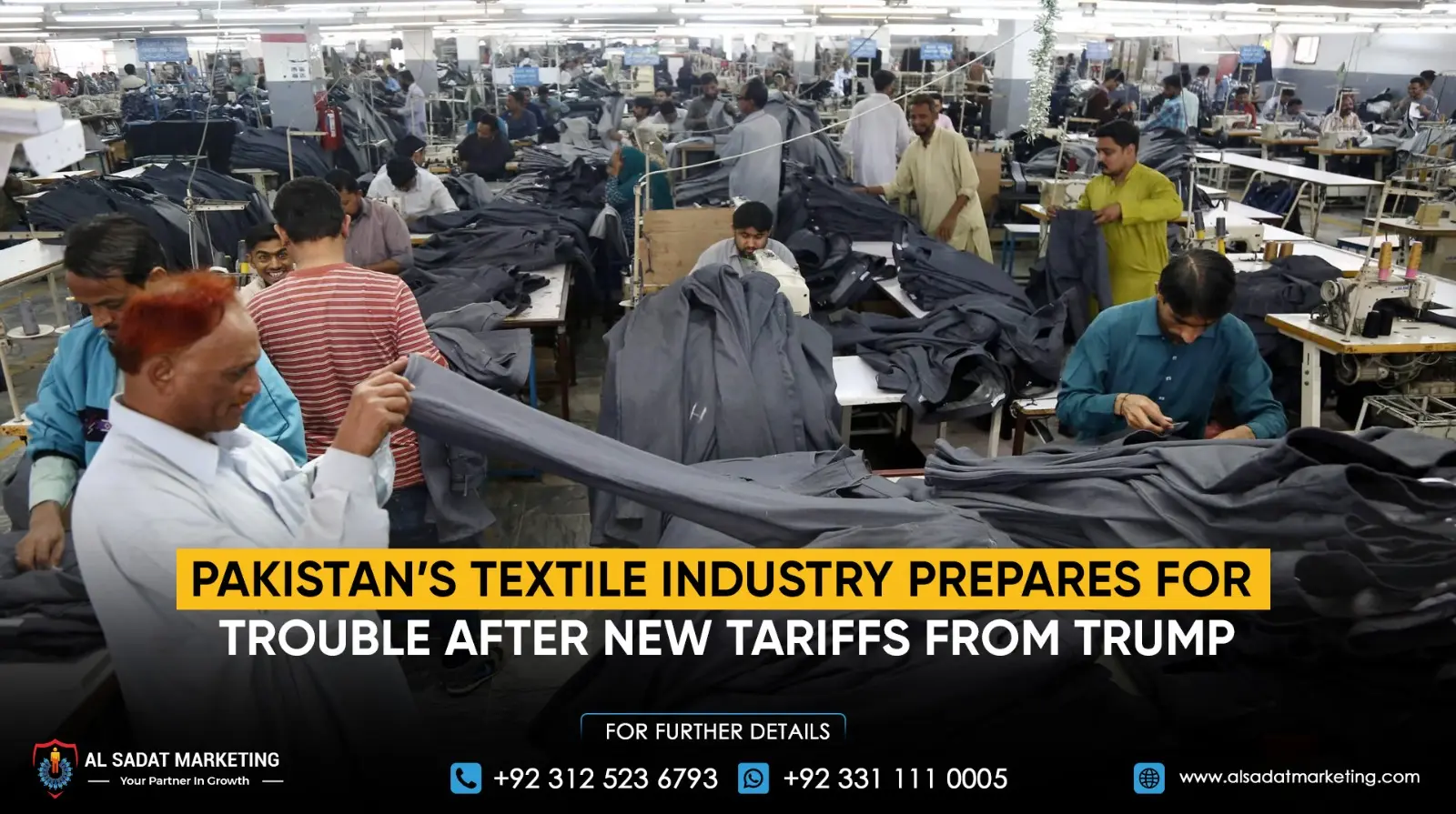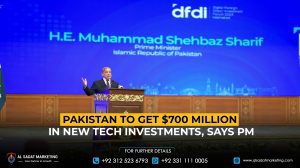Islamabad, April 4 — Pakistan’s top export market has suddenly become a lot costlier. In a sweeping move aimed at bolstering domestic manufacturing and generating revenue, the United States has introduced new reciprocal tariffs on a host of countries — with Pakistan now facing a 29 percent duty on its textile exports.
While the US accounts for only 0.16 percent of its overall imports, it remains Pakistan’s single largest export destination, taking in roughly $6 billion worth of goods annually. An estimated 75 to 80 percent of that consists of textiles, a sector that now finds itself navigating rising costs and intensifying competition.
Also Read: Cultural & Heritage Attractions Near Lakeshore City You Must Visit
The new tariff structure puts Pakistan in a precarious position. Although the country’s textile products are subject to a lower rate than competitors like Vietnam, Bangladesh, and China — which face tariffs as high as 46 percent — India enjoys a slightly lower 26 percent duty. This differential, analysts say, may influence buyer decisions in an already price-sensitive market.
“Pakistan is squeezed between India’s favorable duty rate and higher-tariff competitors who may seek alternative markets, particularly in Europe,” said a research note from Topline Securities. “The overall impact could put pressure on Pakistani exporters, especially in the textile segment.”
Major textile players such as Interloop, Feroze Mills, Kohinoor Textile, Nishat Mills, and Gul Ahmed are expected to feel the brunt of the new tariffs. Outside the textile space, a range of companies including Service Global Footwear, Fast Cables, International Steels, and food exporters like Mitchell’s Fruit Farms may also experience pressure due to reduced cost competitiveness.
Adding to concerns, the potential spillover into Europe could further squeeze margins. With China, Vietnam, and Bangladesh now facing steep US tariffs, there is speculation that their exporters may redirect shipments to European markets, where Pakistan also has a significant presence.
Compounding the challenge is the blanket 10 percent tariff the US already applies to all imports, which remains in place alongside the new duties. Key trade partners like Canada and Mexico are exempt, and industries such as steel, copper, semiconductors, and pharmaceuticals have been spared — highlighting the strategic nature of Washington’s tariff policy.
For now, Pakistani exporters are left recalibrating their strategies in a changing global trade environment. Whether the country can turn the slight tariff advantage into meaningful gains in the US, or successfully hedge against increased European competition, remains to be seen.










